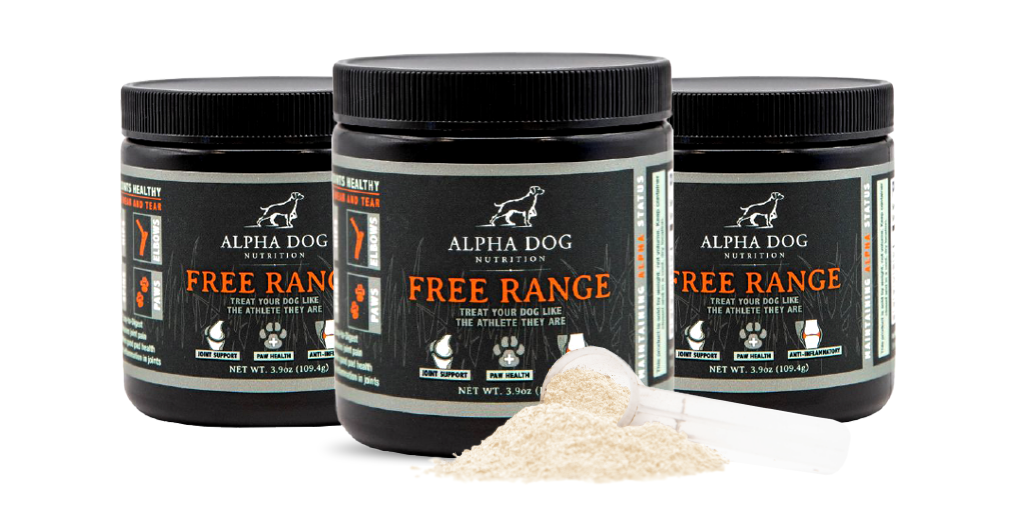Canine dysplasia, particularly hip and elbow dysplasia, is a common orthopedic condition that affects many dogs, especially larger breeds.
This condition occurs when the joints are improperly formed, leading to pain, arthritis, and decreased mobility.
Understanding the causes of canine dysplasia is crucial for prevention and management.
In this post, we are going to explore five effective ways to support your dog with dysplasia, starting with what causes canine dysplasia.
Let’s dive in!
What Causes Canine Dysplasia?
Canine dysplasia can result from various factors, including:
- Genetics: Dysplasia is often hereditary, meaning certain breeds are more predisposed to developing this condition. Breeds like German Shepherds, Golden Retrievers, and Bulldogs are particularly at risk.
- Rapid Growth: Puppies that grow too quickly, often due to overfeeding or high-calorie diets, may develop dysplasia as their bones and joints struggle to keep up.
- Obesity: Excess weight places additional stress on joints, exacerbating or accelerating the development of dysplasia.
- Injury: Trauma to the joints during crucial growth periods can lead to improper joint formation.
- Poor Nutrition: A lack of essential nutrients can affect bone and joint development, contributing to dysplasia.
5 Ways to Support Canine Dysplasia
1. Take a Dog Joint Support Supplement
Joint support supplements are designed to help maintain joint health and alleviate discomfort associated with dysplasia.
Ingredients like glucosamine, chondroitin, and MSM can reduce inflammation and promote cartilage repair, making them particularly beneficial for dogs with dysplasia.
Incorporate it into their daily routine for optimal results, and monitor their response over time.
Out of all of the joint support supplements my dog has tried, Alpha Dog’s Free Range Joint Support Powder is his personal favorite.
Alpha Dog’s Free Range Joint Health Enhancer Supplement Powder is an excellent choice for dogs with dysplasia due to its powerful blend of glucosamine, chondroitin, and MSM, which work together to support joint health.
This premium formula helps reduce inflammation and promotes cartilage repair, making it ideal for dogs suffering from joint discomfort.
With high-quality ingredients and the added flavor of real beef liver, this supplement not only provides essential nutrients but also encourages your dog to enjoy their daily routine.
Simply follow the directions on the back and you’re good to go!

2. Maintain a Healthy Weight
Keeping your dog at a healthy weight is crucial for reducing stress on their joints.
Obesity can worsen the symptoms of dysplasia and lead to additional health problems.
Feed your dog a balanced diet appropriate for their age, size, and activity level.
Regularly monitor their weight and adjust portion sizes accordingly, ensuring they get plenty of exercise to maintain a healthy body condition.
3. Provide Regular Low-Impact Exercise
Regular, low-impact exercise can help strengthen the muscles surrounding the affected joints, improve mobility, and reduce pain.
Activities like swimming and gentle walks are ideal for dogs with dysplasia.
Incorporate short, frequent walks and swimming sessions into your dog’s routine.
Aim for at least 30 minutes of moderate exercise each day, adjusted according to your dog’s abilities.
4. Create a Comfortable Living Environment
A comfortable living space can enhance your dog’s quality of life and reduce joint strain.
Providing supportive bedding and minimizing stairs can help alleviate discomfort.
Invest in an orthopedic dog bed that offers ample support and cushioning.
Consider using ramps or pet stairs to help your dog access their favorite spots without jumping, which can exacerbate dysplasia symptoms.
5. Work with Your Veterinarian
Regular veterinary check-ups are essential for monitoring your dog’s joint health and addressing any emerging issues.
Your vet can offer personalized advice and treatment options tailored to your dog’s needs.
Schedule routine visits to assess your dog’s joint health, discuss any concerns, and explore various treatment options, including physical therapy or medications if necessary.
Maintaining open communication with your vet will ensure your dog receives the best possible care.
Support Your Dog’s Dysplasia
Supporting a dog with dysplasia requires a comprehensive approach that includes joint supplements, weight management, regular low-impact exercise, a comfortable living environment, and professional veterinary care.
By implementing these strategies, you can help improve your dog’s mobility and overall quality of life.
Always consult with your veterinarian before making significant changes to your dog’s routine or treatment plan to ensure their specific needs are met.
With the right care and support, your furry friend can enjoy a happier, more active life.
Thank you for reading!
